Palmetto Bluff Real Estate Company Sales Office
Office Hours
Monday-Friday 9am - 5pm
Saturday 9am - 4pm
Sunday 12 - 4pm
Saturday 9am - 4pm
Sunday 12 - 4pm
If I asked you to think of native pollinators, you would most likely imagine butterflies lazily meandering from flower to flower, catching the breeze on their gently flapping wings. Or bees busily flitting in your garden, picking up pollen grains as they search for nectar.
But would you have reflected on the clumsy bumbling of beetles or the whiny drone of flies? What about bats screeching silently in the Southwest desert night while searching for cactus flowers or the deep hum of a hummingbird’s wings as it visits coral honeysuckle? I bet these animals were not the first to come to mind, but they share a common role: pollinator.
When we first learn about pollinators, we hear about a single species—the honeybee—as the epitome of pollination. What is often omitted is that honeybees are not native to this continent; they were transported to North America by Europeans in the early 1600s. Our native bees, in contrast, are speciose, with around 4,000 species in the United States. Their hues vary from the typical yellow and black of bumblebees to the iridescent blue, green, or turquoise of sweat bees. And bees are only a small part of the pollinator puzzle!


An evolutionary appeal of pollinators is their facilitation of plant reproduction. Specific groups of pollinators are attracted to specific groups of plants. You can actually look at characteristics of a flower—such as size, smell, and color—and make educated guesses about what group of animals pollinates it. Beetles, for example, were some of the first pollinators to evolve and were responsible for fertilizing the earliest flowering plants. Beetles are clumsy, have poor vision, and are inept at manipulating delicate flower parts. Flowers that attract beetles, including those of Southern magnolias, are often large and bowl-shaped, making it easier for beetles to find and maneuver within the flower. Flies are attracted to putrid, fetid odors, and many flowers that attract flies, such as the blooms of pawpaw, mimic the smell of rotting meat. Hummingbirds have excellent color vision and are particularly adept at seeing red. Most plants that attract hummingbirds have blooms that are varying shades of this color.
These phenomena are the result of a coevolutionary dance of seduction, where plants produce flowers that exploit specific traits of pollinators. The end result? The plant ensures it continues to lure the pollinator and the pollinator gets a reward. That does not mean this relationship is without its inherent level of trickery. Plant and pollinator rely on each other while simultaneously trying to “outsmart” their coconspirator. The plant wants to give the pollinator the minimum amount of nectar possible in order to ensure fertilization, and the pollinator wants to get the most nectar and pollen possible during every foraging bout, causing evolutionary tension in the relationship between these two actors.

Thankfully, this system of manipulation is effective. Our pollinators are responsible for fertilizing 80 percent of the flowering plants in the United States, meaning that the survival of flowering plants is closely tied to the survival of pollinators. And it is not just plants that find pollinators creatures of value. WE cannot survive without them either. As mechanisms of pollen transport, pollinators provide us with an essential economic skill. (Yes, pollinators are essential workers). Bees and butterflies—as well as beetles, wasps, flies, birds, and bats—are responsible for one-third of the food we eat. According to the United States Department of Agriculture, pollinators provide a financial benefit to American farmers at a value of $10 billion each year through their simple, and simultaneously complicated, service of pollination.
Unfortunately, pollinators worldwide are experiencing a multifaceted attack on their survival. A 2016 study in Germany found that aerial insect populations plummeted by 76 percent over the course of roughly three decades. Monarch butterfly populations dropped more than 84 percent between 1996 and today. There is no single cause for these declines. Extreme heat events caused by climate change stress plants, decreasing the amount of nectar they can produce. Conversion of natural ecosystems to monoculture crops and grass lawns have eliminated habitat. Pesticides may be used to target specific insect pests but can result in pollinator bycatch, causing a mass mortality of untargeted species. The intertwining negative effects
of climate change, habitat loss, and pesticide use are wreaking havoc on pollinator populations.
Pollinators desperately need our help. Fortunately, there are many small steps we can take to mitigate these challenges. `
There are a handful of actions you can take to promote pollinator survival.
Monarch butterflies are well known for their yearly, multigenerational migration from Mexico to Canada and back. You can help researchers understand monarch migratory behavior by documenting your monarch sightings through a citizen science initiative. Learn more at journeynorth.org/monarchs.
Donate to organizations that focus on invertebrate conservation, such as the Xerces Society for Invertebrate Conservation (xerces.org) and Pollinator Partnership (pollinator.org).
Avoid using pesticides. If needed, there are several organic-certified options. Read more at xerces.org/publications/guidelines/organic-pesticides.
Create a pollinator garden. Choose native plants that bloom successively from spring to fall to ensure there is food for pollinators throughout seasons when they are most active. Larvae may have specific plant requirements that adults do not share, so make sure to include host plants for larvae. Learn more at fs.fed.us/wildflowers/pollinators. Find native plant nurseries near you at xerces.org/pollinator-resource-center or check out Spring Island Nursery at springislandtrust.org.
Certify your garden as a pollinator-friendly habitat. Learn more at nwf.org/garden-for-wildlife/certify or xerces.org/bring-back-the-pollinators.
Be an advocate. Spread the word and educate others!
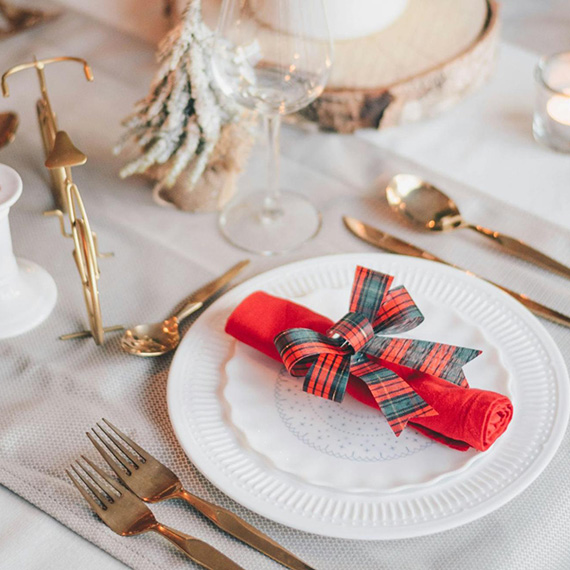
Warm, fragrant, and deeply comforting, Chef Beth’s Southern Sausage & Sage Stuffing is a holiday classic that brings together rich pork sausage, fresh herbs, and toasted bread for the ultimate savory side dish. Studded with green apples and aromatic vegeta...
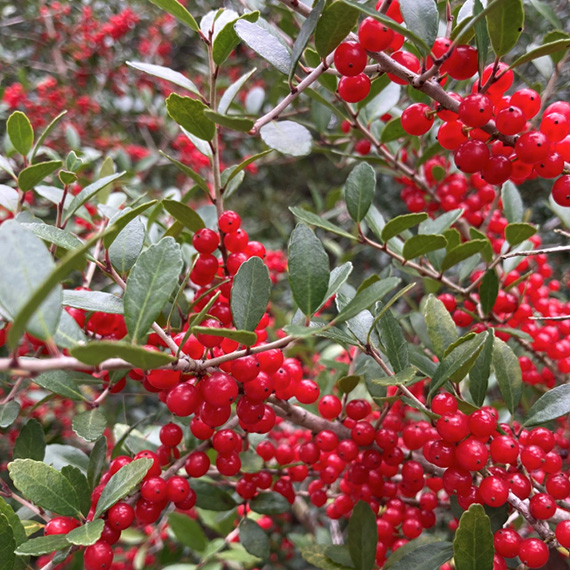
As December settles over Palmetto Bluff, it brings softer light, cooler mornings, and the natural beauty of native evergreens and winter berries that define the Lowcountry landscape. Palmetto Bluff Conservancy’s Education and Outreach Manager, Aaron Palmier...
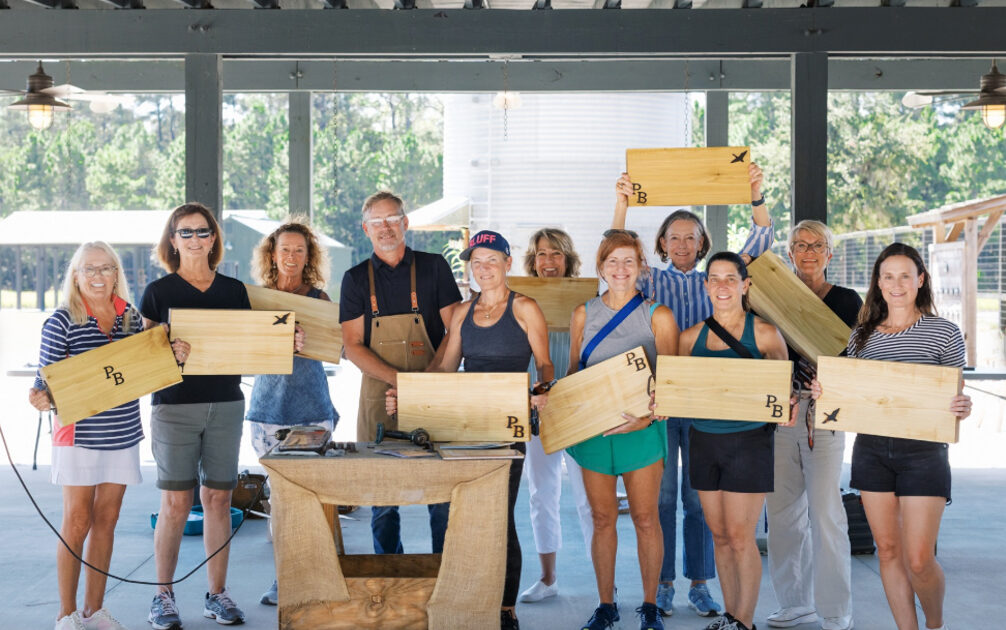
In 2025, Palmetto Bluff welcomed new neighbors and old friends, groundbreakings, and long-awaited openings. From inspired Club gatherings and elevated programming to the creation of our latest golf course, the year was defined by connection and excitement for ...
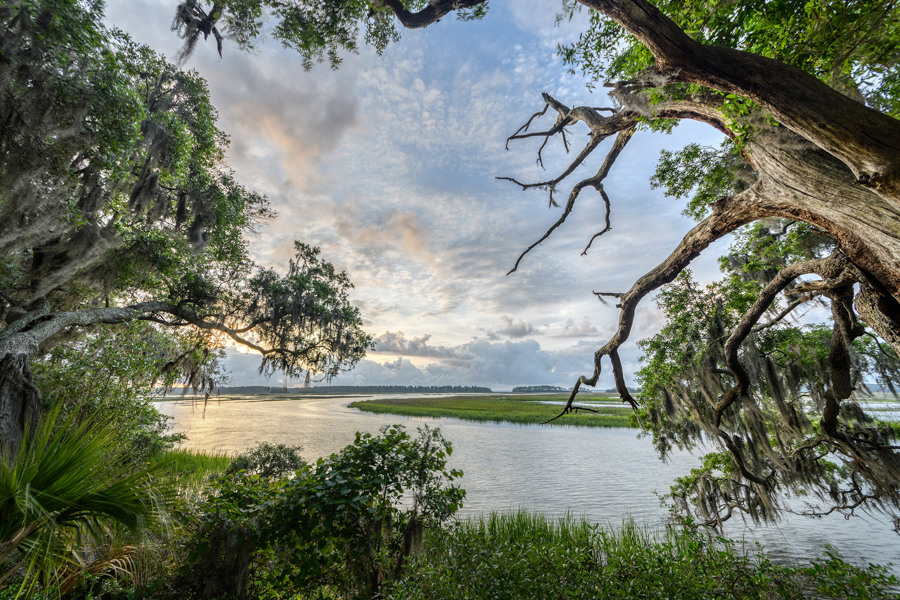
There is something serene about waking up to shimmering water, the stillness of the woods, or the sweep of marsh and sky right outside your window. Even without stepping outside, science shows that simply seeing nature from home can meaningfully improve mental...
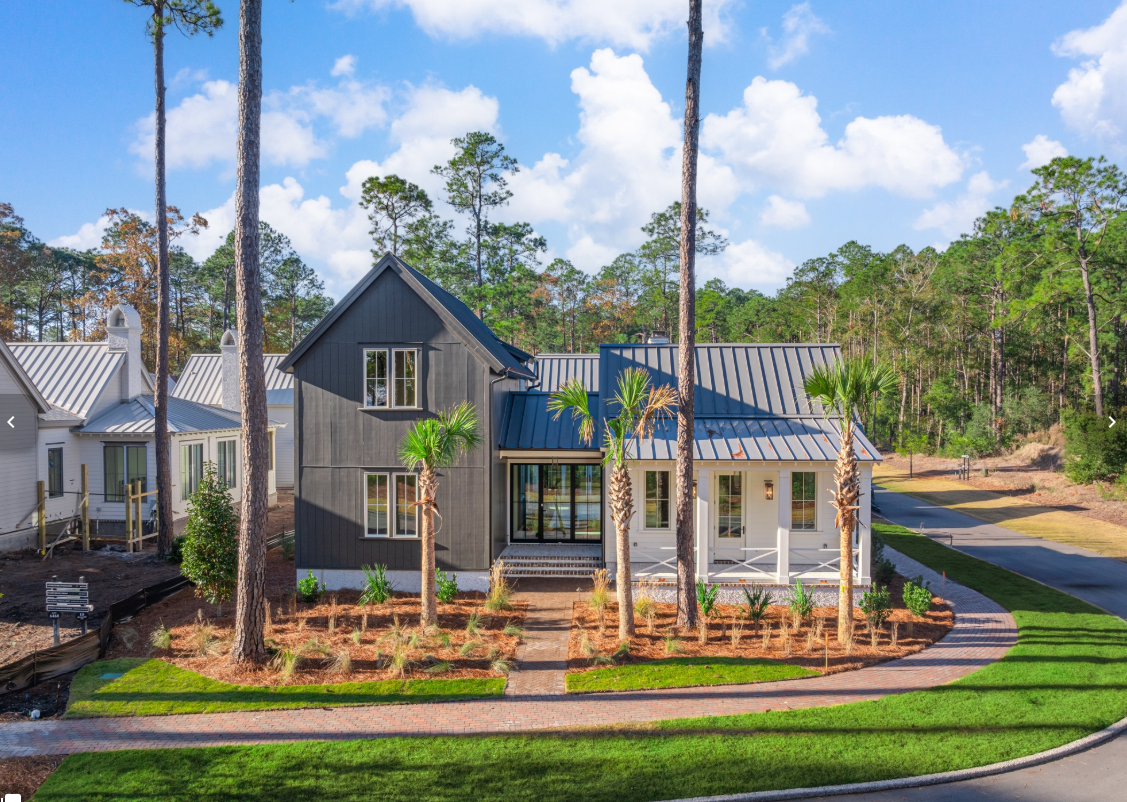
The Ultimate Choice: Building vs Buying a Home in Palmetto Bluff For those searching for Palmetto Bluff homes for sale, this common question often arises: Should you choose an existing residence, or embrace the opportunity to build your own? While a complet...
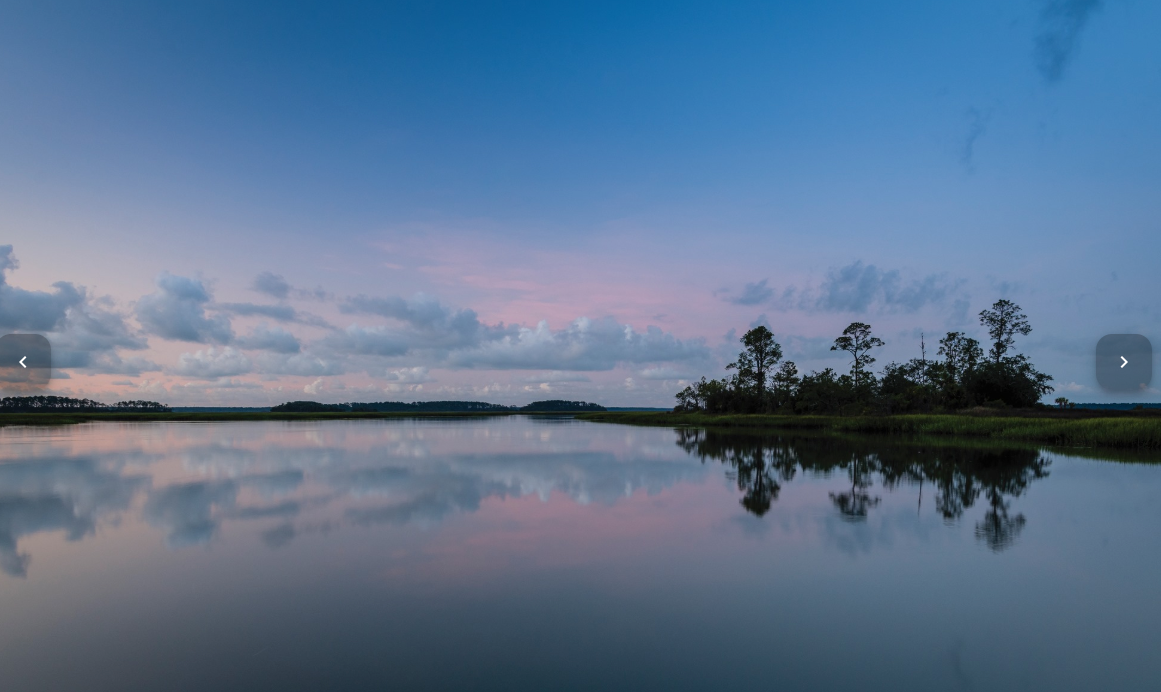
A Complete Guide to South Carolina Winter at Palmetto Bluff South Carolina's winter is unlike any other on the East Coast. While many travelers search for “South Carolina winter” expecting cooler temperatures and limited outdoor options, the Lowcountry revea...
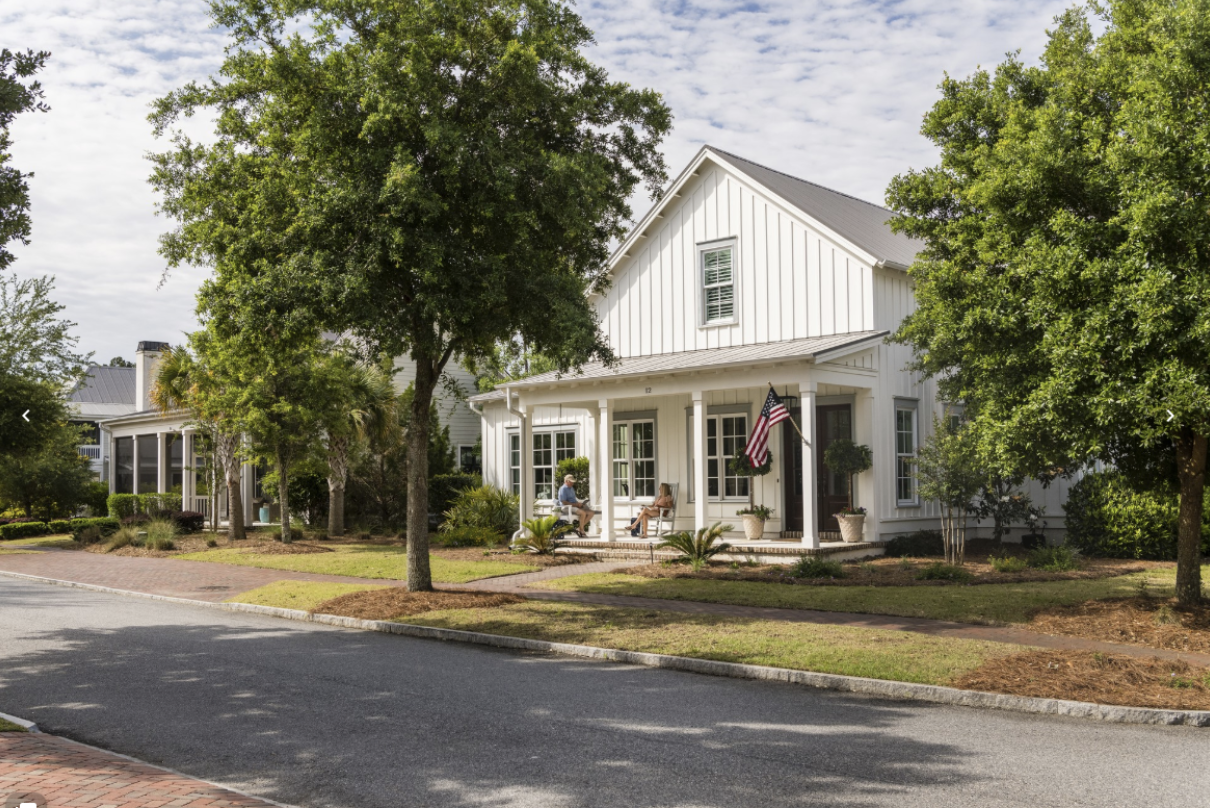
River Road: Where Lowcountry Beauty Meets Elevated Everyday Living Tucked gracefully between Wilson Village and Moreland Village, River Road is one of Palmetto Bluff’s most immersive communities. It's where the pace of life seems to soften, classic Southern ...
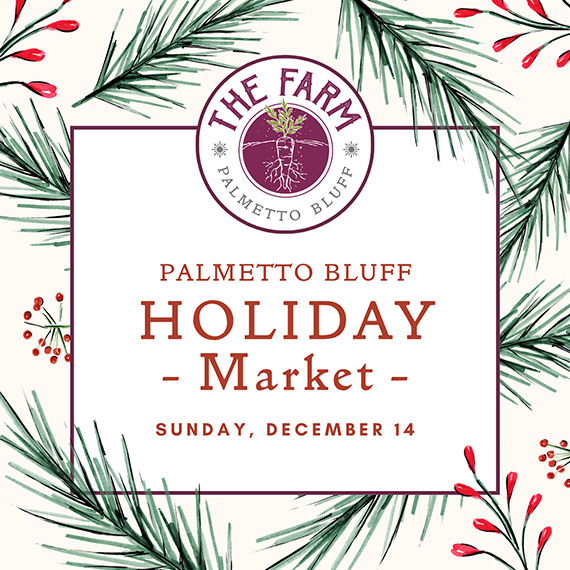
Sunday, December 14 | 9am to 1pmVillage GreenThe season’s most festive farmers market, the Holiday Farmers Market, comes to Wilson Village on Sunday, December 14, from 9am to 1pm. All are welcome to visit and experience the magic of holidays at the Bluff. The ...

Tucked amid whispering pines and overlooking a tranquil water trail, 11 Lyonia Street is where Lowcountry charm meets modern artistry. The newly built residence redefines Southern living with a balance of craftsmanship and calm. This is a home that feels both ...

The holiday season in the Lowcountry brings crisp air, oaks draped in twinkling lights, and laughter drifting from homes where families and friends gather once again. At Palmetto Bluff, the holidays are more than just a season; they’re a feeling of togethernes...
Learn about the Palmetto Bluff Conservancy and how we keep the vision of our land in place.
On land or water, there is an ever-evolving variety of activities.
We do not attempt to independently verify the currency, completeness, accuracy or authenticity of the data contained herein. All area measurements and calculations are approximate and should be independently verified. Data may be subject to transcription and transmission errors. Accordingly, the data is provided on an “as is” “as available” basis only and may not reflect all real estate activity in the market”. © [2023] REsides, Inc. All rights reserved. Certain information contained herein is derived from information, which is the licensed property of, and copyrighted by, REsides, Inc.